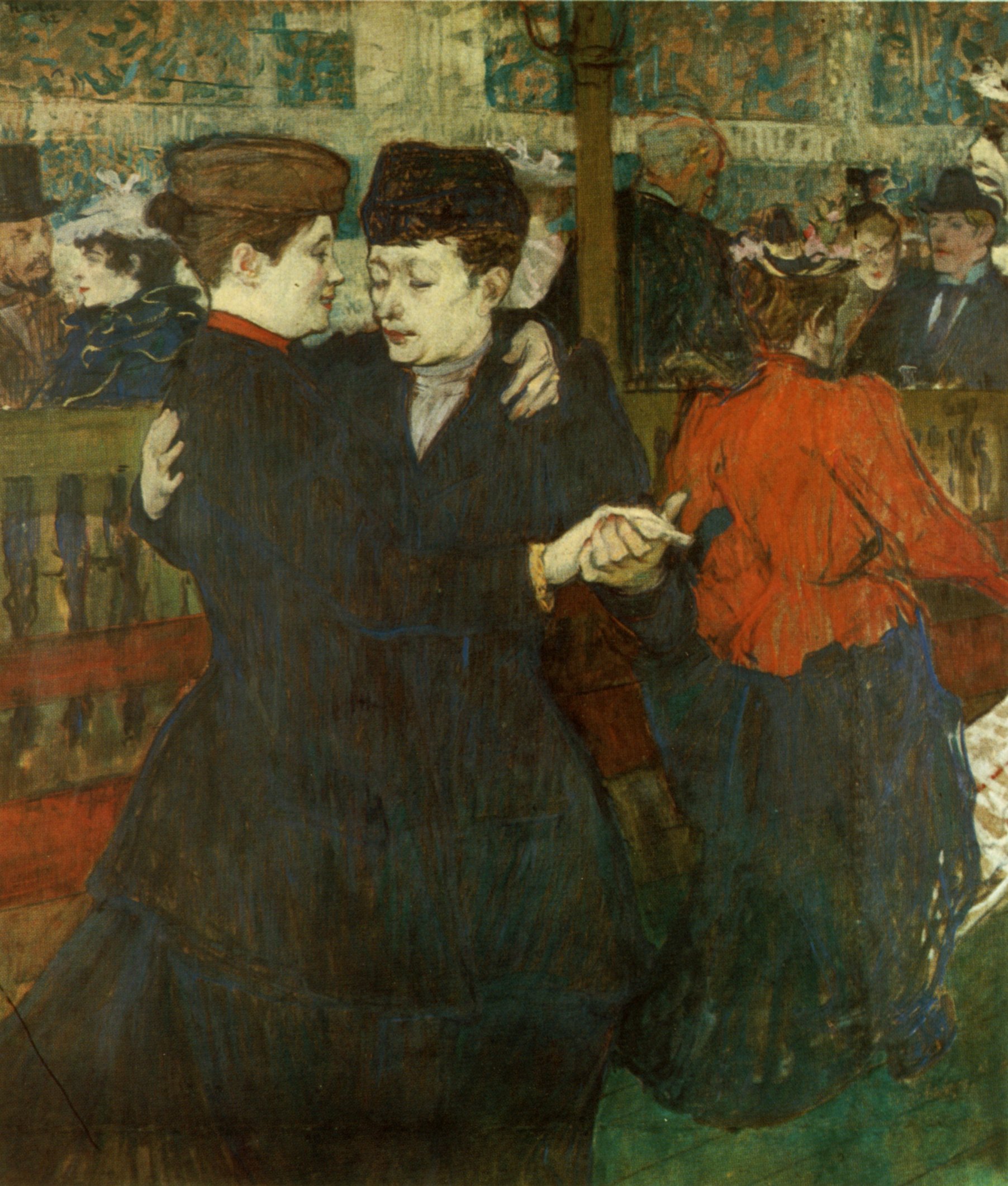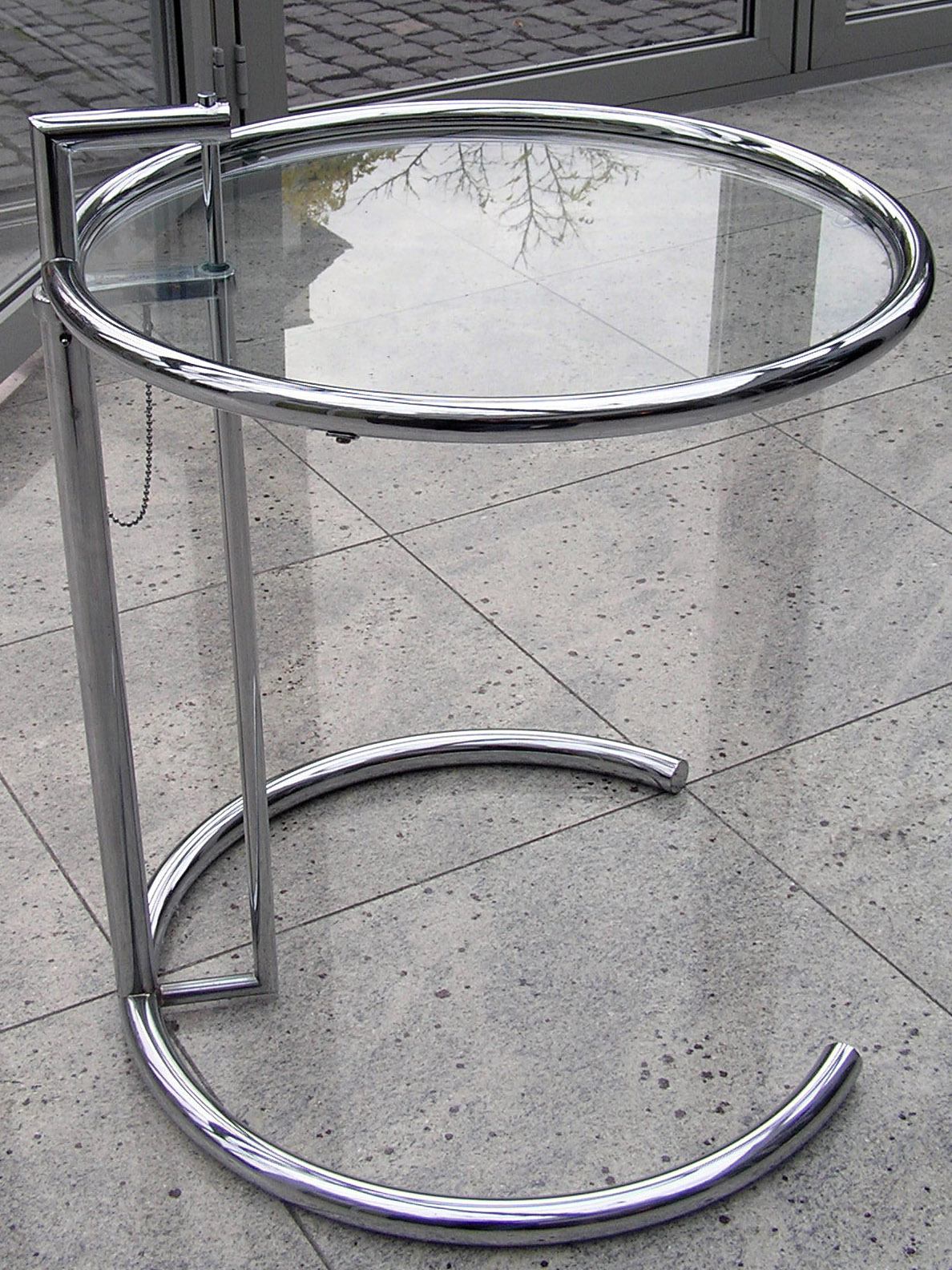Three trailblazing queer women who shaped design history
/At the Moulin-Rouges, Two Women Waltzing By Henri de Toulouse-Lautrec. Works from the National Gallery in Prague. Photo by: Jan Sedlák, Henri de Toulouse-Lautrec, Odeon, Praha 1985. Public Domain.
Today and every day, we celebrate the pioneering queer women who helped to shape the interior design industry. The erasure of women — particularly queer women — from history is a troubling phenomenon and underscores the importance of sharing the stories of these lesbian and bisexual women who left their mark on design.
Interior of Elsie De Wolfe' music pavilion looking out on to the pool, The Villa Trianon , rendered by William Bruce Ellis Ranken (1881-1941). Public Domain.
Elsie de Wolfe, c. 1880.
By Unknown. Public Domain.
1. Elsie de Wolfe
Elsie de Wolfe is the OG of interior decorating. Born in 1859, she began her career as an actress, which earned her fame and influence among the high society crowd. Realizing she had more of a knack for set design than acting, de Wolfe transitioned into interior decorating — a profession that didn't even exist at the time. Her well-heeled clientèle included Henry Clay Frick, Amy Vanderbilt, Cole Porter, Wallis Simpson, and George Bernard Shaw.
She disapproved of over-designed Victorian interiors, preferring instead to remove clutter and simplify spaces to make entertaining easier. De Wolfe's aesthetic could be described as colorful, airy, and opulent. "I opened the doors and windows of America, and let the air and sunshine in," she once said of her legacy.
She drew much of her inspiration from 18th-century French design, introducing pale paint colors, exotic animal prints, wicker furniture, nature motifs, and strategically placed mirrors into her projects.
De Wolfe's personal life was equally as colorful: she enjoyed a so-called "Boston marriage," living openly and happily with her lover, Elisabeth "Bessie" Marbury, a successful theatrical and literary agent. Their relationship spanned 40 years, and together, the couple renovated several homes in Manhattan and the 'Villa Trianon,' a French estate outside of Versailles. De Wolfe and Marbury continued their relationship until Marbury passed away in 1933, naming de Wolfe as her sole heir.
Portrait of Miss May Morris, Portraits of many persons of note photographed by Frederick Hollyer, Vol. 3, platinum print, late 19th century. Victoria and Albert Museum, London, museum no. 7821-1938. Public Domain.
2. Mary 'May' Morris
Living in the shadow of her famous father, William Morris, Mary 'May' Morris never got the recognition she deserved as a textile designer. The family business, Morris & Co., created printed fabrics and wallpaper, stained glass and artful embroidery — many of their iconic designs are still treasured today, and distributed by the Sanderson brand.
May was a true talent — designing wallpaper, editing her father's poems, and heading up the embroidery department of Morris & Co. at the ripe old age of 23. She was a staunch feminist and socialist, and co-founded the Women's Guild of Arts in 1907, dismayed by the fact that the Art Workers Guild prohibited women from joining their ranks.
She was also a lesbian and lived with her partner, Mary Lobb, in a historic manor house in West Oxfordshire, England for more than twenty years. Lobb was initially brought on by May to work as the 'female gardener' at Kelmscott Manor, but the two struck up a close relationship, and Lobb was invited to move in. The couple was fond of camping in the countryside and visited Iceland together several times. May Morris died in October 1938, and Mary Lobb passed away just five months later in March 1938.
Wallpaper Design. Attributed to William Morris. c. 1881. Photo by Unknown. Public Domain.
Portrait of Eileen Gray. c. 1910. By Unknown. Public Domain.
Table E.1027, Design by Eileen Gray (1878-1976). Public Domain.
3. Eileen Gray
The creations of modernist hero Eileen Gray look just as in vogue today as they did in the 1920s and 30s when she designed them. The Irish-born architect and furniture designer opened up a gallery in 1922 along Rue du Faubourg Saint-Honoré in Paris where she sold her pieces.
Her skills were numerous and her style was ever-evolving. Gray was a sought-after interior designer and self-taught architect. Some of her famous works include the often imitated adjustable table E 1027, the tubular Bibendum chair, and E-1027, a modernist-masterpiece-slash-vacation-home on the Côte d'Azur in the South of France.
Gray had many relationships with both men and women. In Paris during the 1920s, she ran with a crowd of celesbian artists and became the lover of the French singer, Damia. Allegedly, the two were fond of driving around the city in a Chenard-Walcker with Damia's pet panther sitting in the back seat — how casual!
Gray's legacy was nearly erased from the history books but has since been revived with the release of two films about her remarkable life. Her ex-boyfriend and fellow architect, Jean Badovici, was often falsely credited for the design of E.1027, although she had designed it for him as a sort of modernist love shack. Thankfully, her work has not been forgotten, and the formerly derelict E.1027 is now a museum that's open to visitors.
The legacies of these three queer women live on through their work. So the next time you spot an adjustable table E.1027 replica, transform a dark, dreary room with a gallon of white paint, or wallpaper your powder room in a Morris print, think of these fearless creatives who helped shape the interior design industry into what it is today.
Sarah Barnard designs healthy, happy, and personalized spaces that are deeply connected to nature and art. To learn more about Sarah Barnard Design, please visit www.SarahBarnard.com.
Russian writer Zinaida Gippius (Зинаида Николаевна Гиппиус, 1869-1945), by Léon Bakst (1906). Public Domain.









